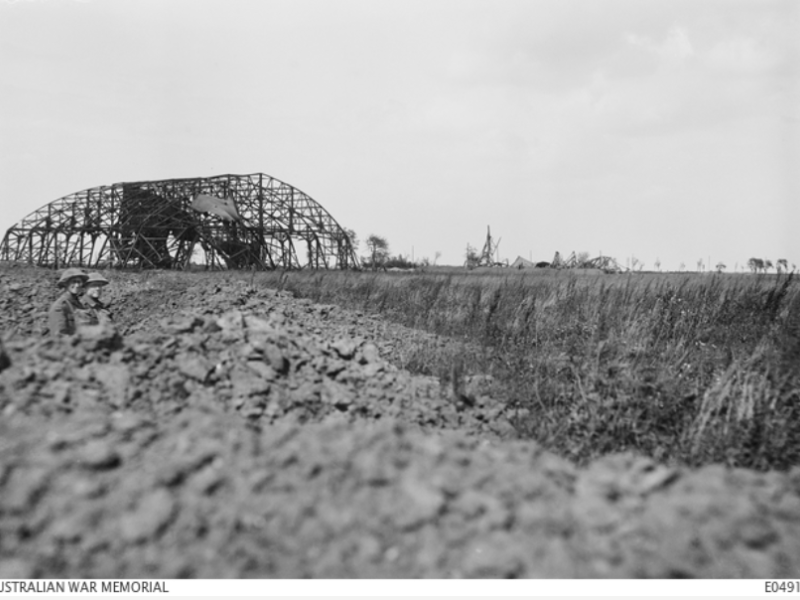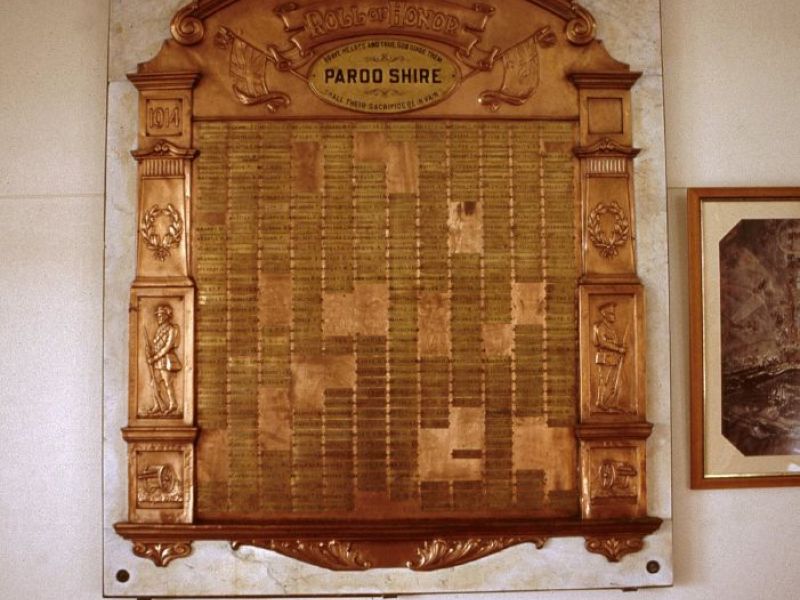Lance Corporal Arthur Lloyd Stevens, 18th Battalion, AIF
Arthur Stevens was born in December 1892 in Cunnamulla, Queensland to William and Alice Maud Stevens. He attended Cunnamulla State School, then later as a drover and horse-breaker in the district.
In October 1916, Stevens enlisted in the Australian Imperial Force in Sydney, embarking less than a month later. He fell ill on board and was hospitalised at Cape Town, South Africa before continuing a few months later.
In late May 1917, Stevens joined the 18th Battalion in France, participating in the major battles in Ypres, Menin Road in September and Poelcappelle in October.
Stevens was well-liked in his battalion. Of short stature and strong build, and as a drover, he was nicknamed “Bronco”. In November, he was promoted to the rank of lance corporal.
During the winter of 1917–1918, the 18th Battalion was stationed near the Franco–Belgian border. They rested, trained, and took on new recruits to recover from the casualties of 1917. As the weather warmed up in the new year, the nature of the war changed from static trench fighting to rapid movement.
In March 1918 came the German Spring Offensive. The Germans objective was to capture the rail hub city of Amiens in northern France, and split the British and French forces in the south.
British and Australian troops managed to halt the offensive in April at the town of Villers-Bretonneux, less than 30 kilometres from Amiens. The 18th Battalion had been moved south to this town to help stop the German advance.
In the first week of April, the 18th Battalion was in the front line at Villers-Bretonneux, targeted by German artillery and machine-gun fire. At the end of the week, the unit was relieved, and the men moved to billets at the smaller village of Gentelles, behind the front lines. The battalion’s war diary noted that this village’s civilian population had evacuated in the face of the fighting, so there was plenty of straw for the men to sleep on. The men had their first decent sleep in over a week.
At 6am the next morning, 9 April 1918, the men were awoken by a German artillery barrage falling on the village. The unit rapidly moved to a nearby field and dug in. Late that afternoon, the Germans began another barrage of the unit’s position.
Stevens was struck by shell fragments in the back and badly wounded. His comrades did what they could for him and reported that he remained in good spirits but he died of his wounds when he reached the dressing station. He was 25 years old.
Arthur Stevens was survived in Australia by his parents and sister, Nellie. His remains lie buried in Namps-au-Val British Cemetery, south-west of Amiens, alongside over 400 Commonwealth soldiers of the First World War. His mother had this epitaph inscribed on his headstone: “In life we loved you dearly; in death we do the same.”
Thomas Rogers, Historian, Military History Section
Image: The old hangars in 'no man's land', Villers-Bretonneux, June 1918

 Australian War Memorial
Australian War Memorial